Reportar esta entrada
Más sobre la misma comunidad-colección
Encaminando a los disturbios de los baños
Circa 1915-1917. Mexican citizens crossing into El Paso from ...
Puente para cruzar de México a Estados Unidos
Bridge to cross from Mexico to the United States. Juarez Mexico ...
Centro de Eventos de Hockey sobre hielo de El Paso - Casa de los Rinocerontes
This is the El Paso Ice Hockey Events Center where the El Paso ...
Santosh el pequeño elefante está finalmente aquí! - El Paso, Texas
Local author, Gilbert-Ian Rueda, presents the character of his ...
Rito escocés de El Paso - El Paso, Texas - 2016
Photograph taken in December 2016 - after the traditional ...
Navidad - 2016 - Plaza de San Jacinto
Savannah Appelzoller and Annalyse Appelzoller in front of the ...
Navidad - 2016 - Plaza de San Jacinto
Savannah Appelzoller and Annalyse Appelzoller in front of the ...
Navidad - 2016 - Plaza de San Jacinto
Savannah Appelzoller and Annalyse Appelzoller in front of the ...
Navidad - 2016 - Plaza de San Jacinto
Savannah Appelzoller and Annalyse Appelzoller in front of the ...
Navidad - 2016 - Plaza de San Jacinto
Savannah Appelzoller in front of the Christmas Tree during the ...








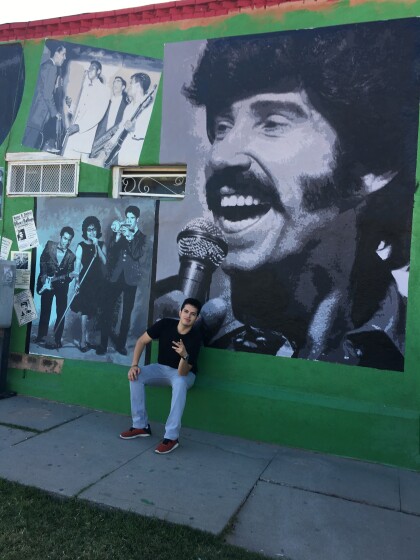
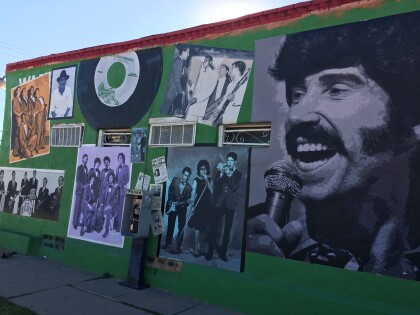
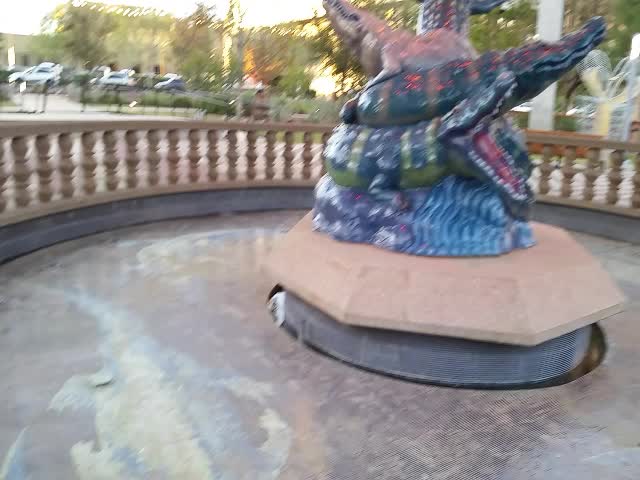
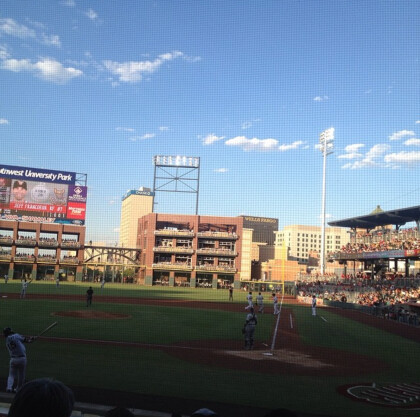

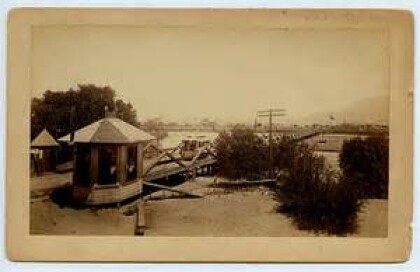
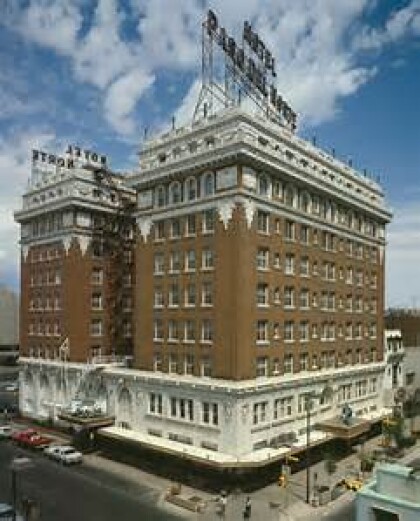

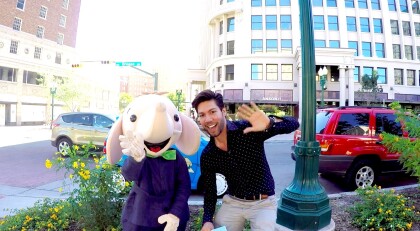
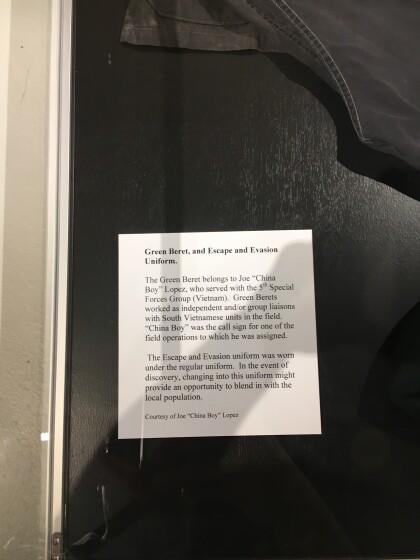
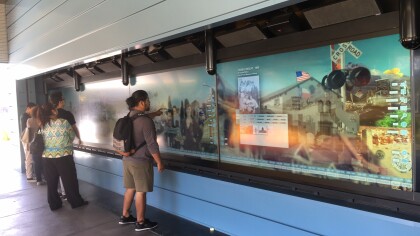

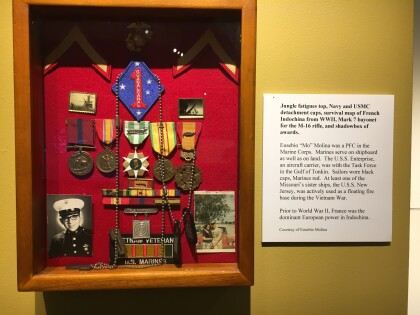
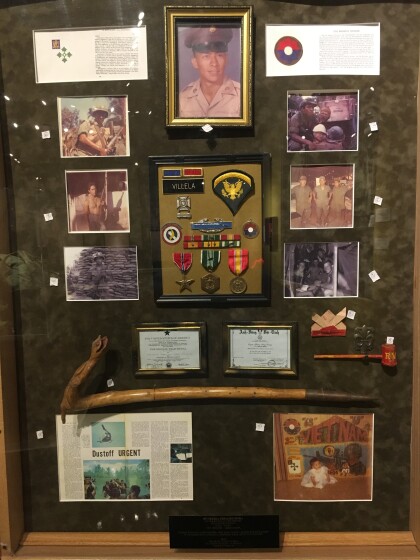

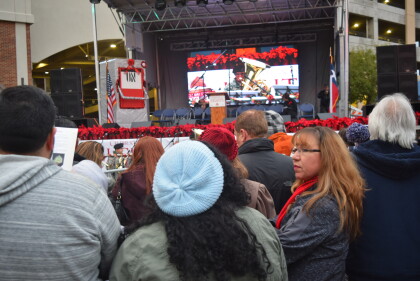





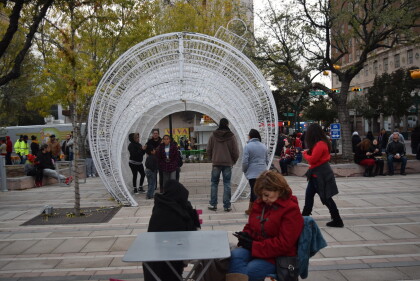
Comentarios
Hacer un comentario